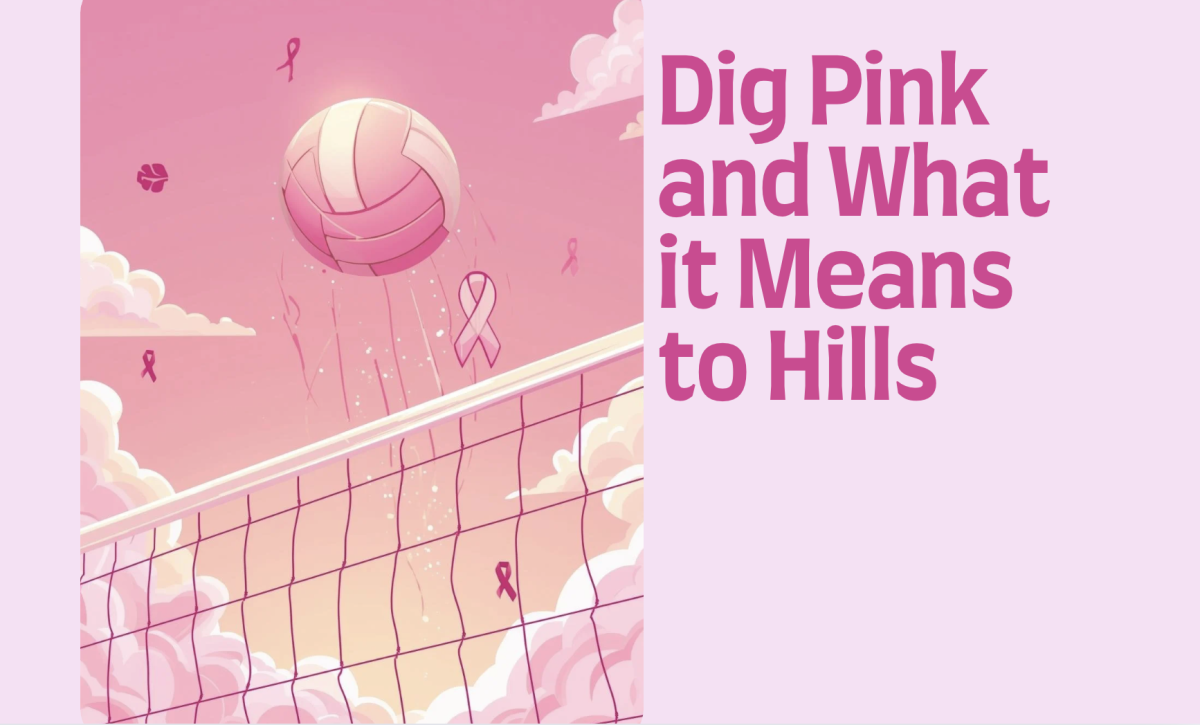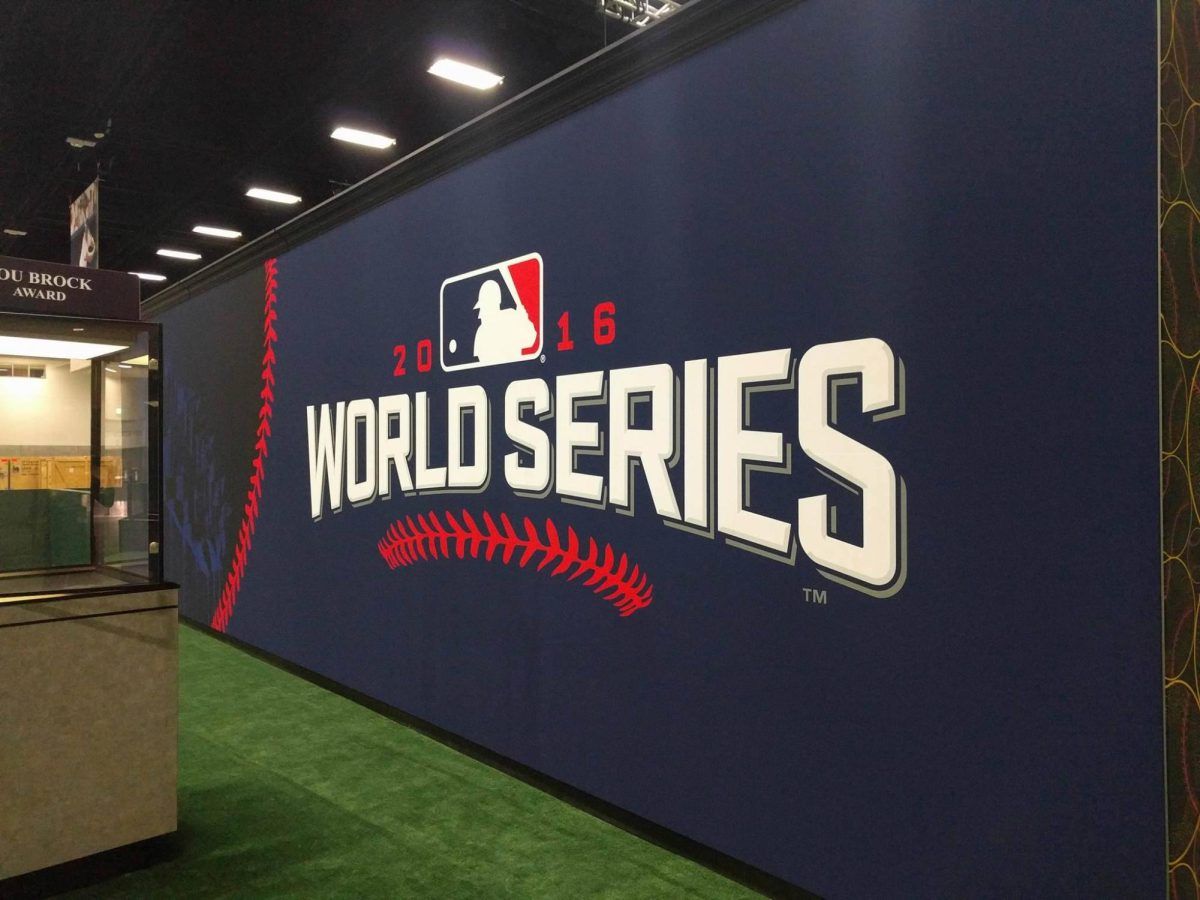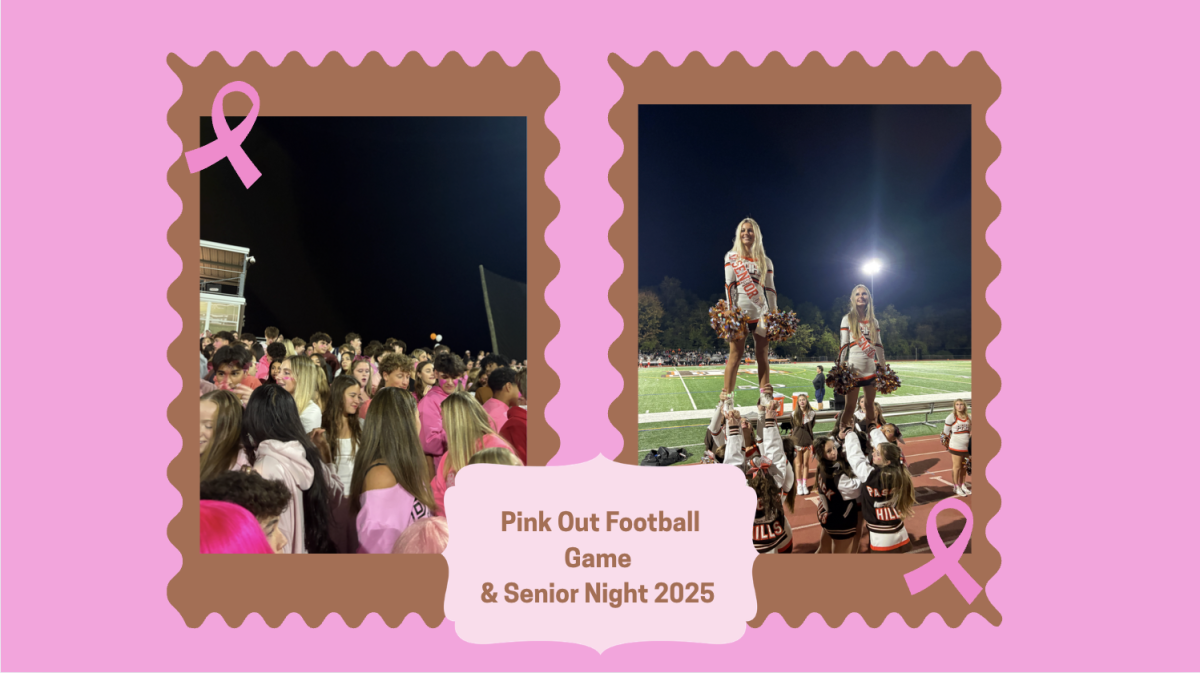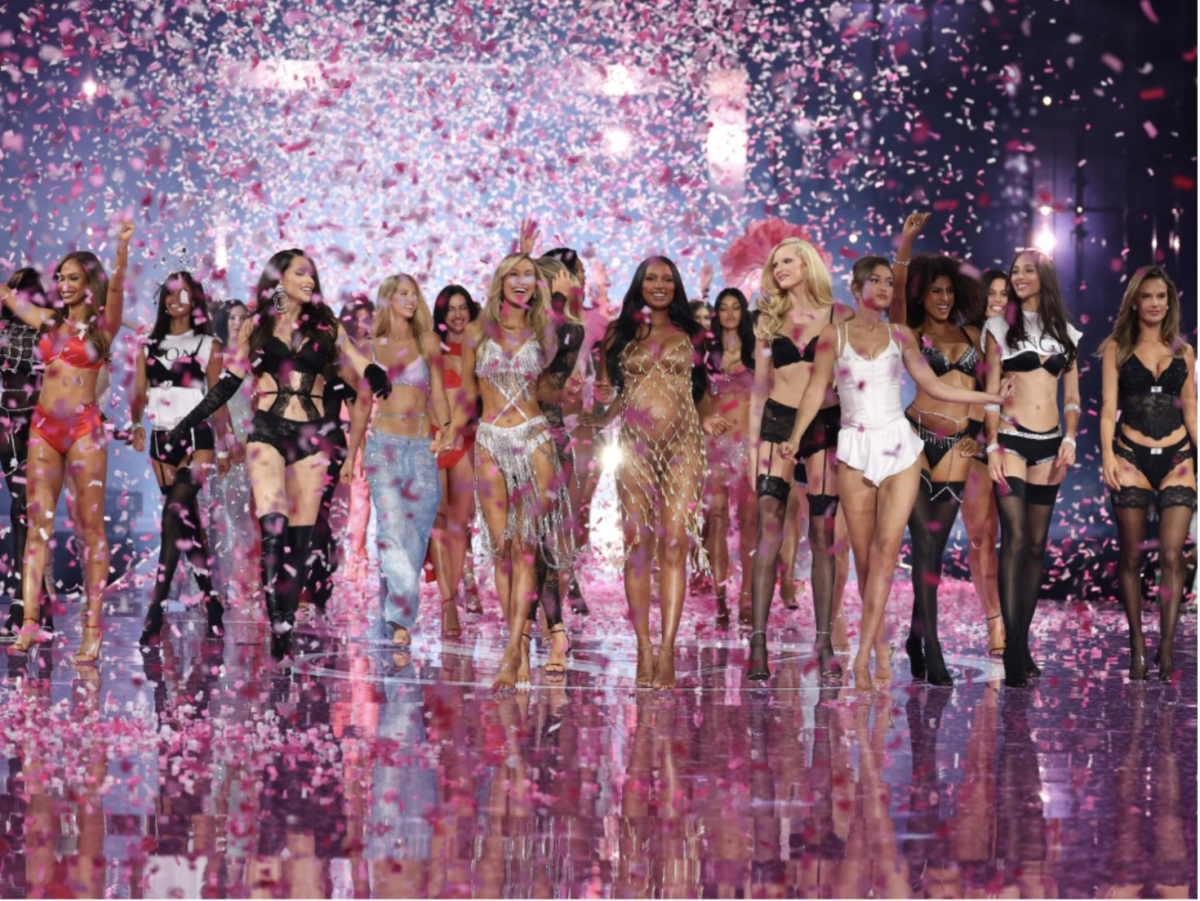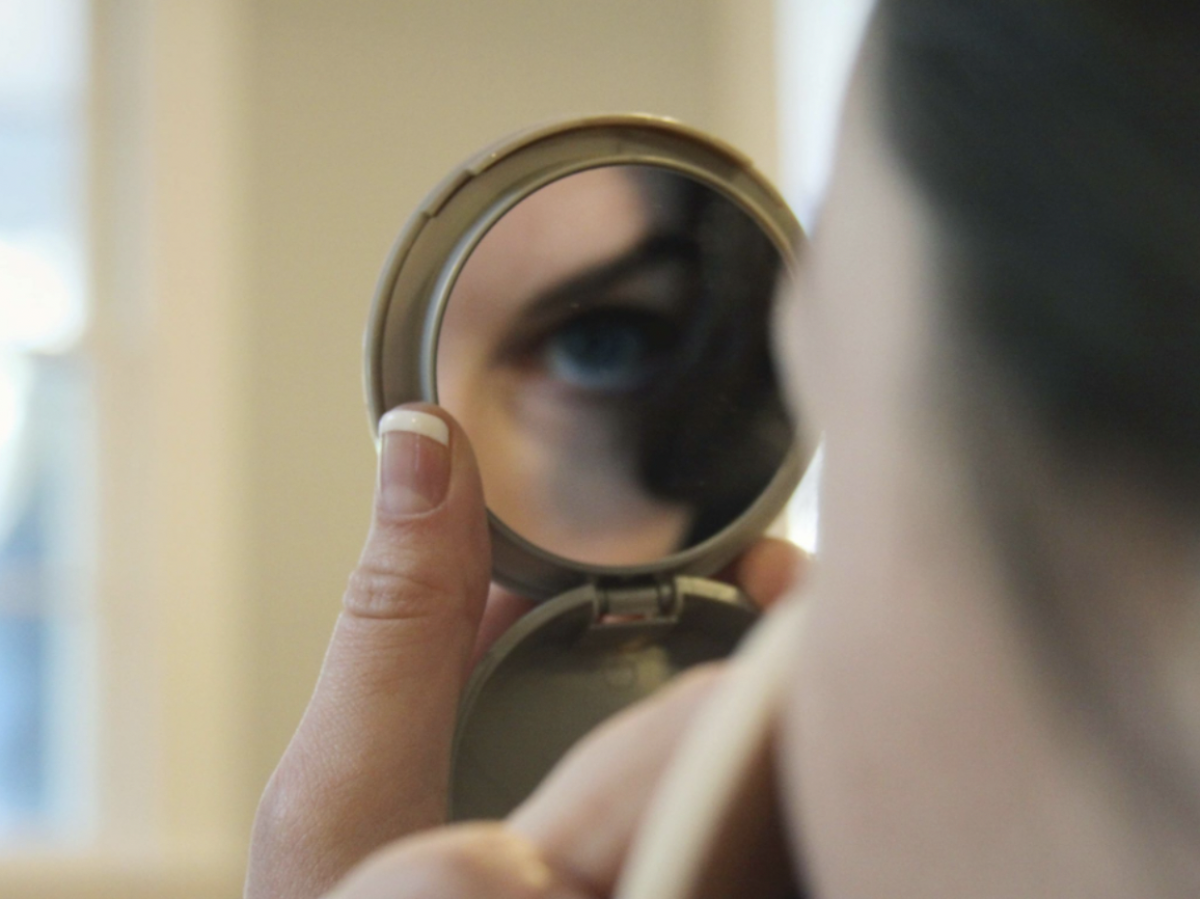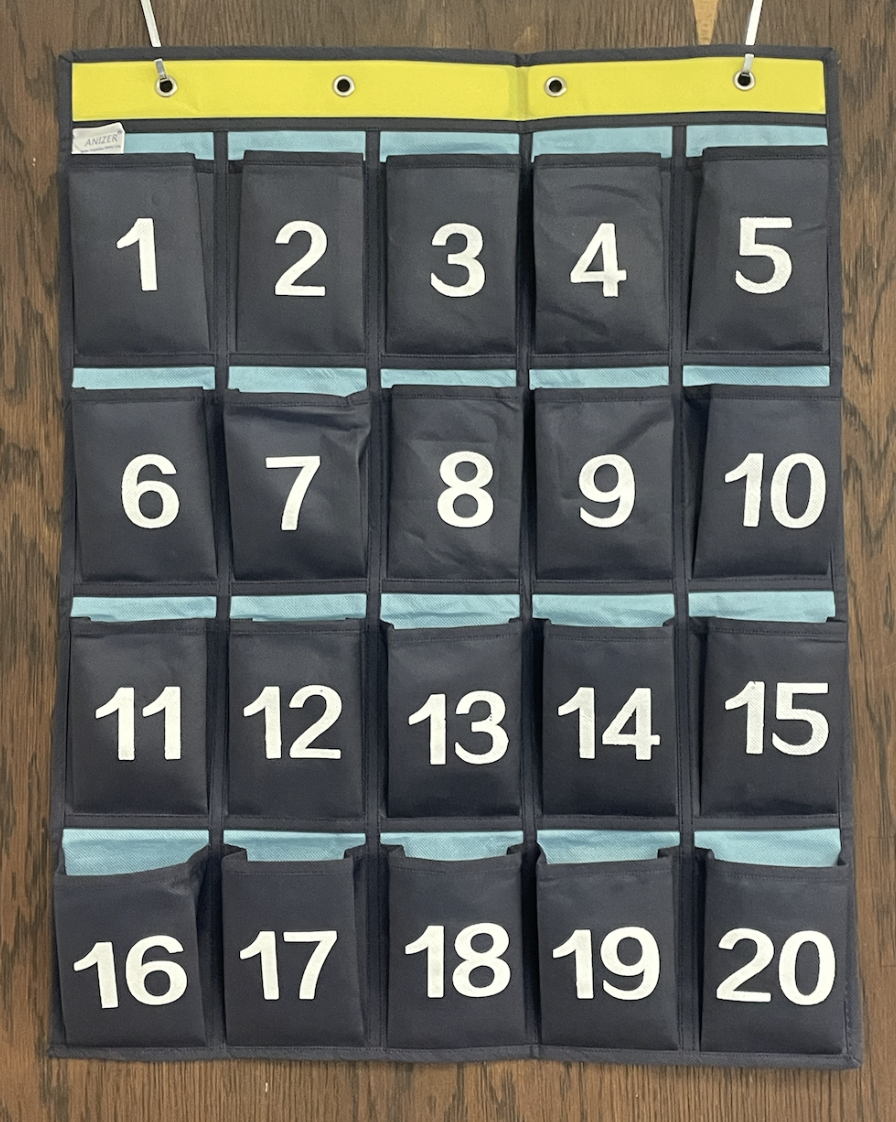With social media having been the standard means of communication for almost half a decade, the phenomenon known as micro-trends, which are fads that usually last only a few months, has never been more prevalent. This is only becoming more prevalent with Tik Tok, where there are hundreds, if not thousands, of different standards and trends. It can easily be said that beauty standards are becoming too much for women, especially young girls.
Micro-trends have always been around, but they have only been gaining popularity since 2020, with the trend, “tiktok made me buy it,” which shows niche products found online that usually only have one real purpose. This format of videos became overwhelmingly popular on the site during quarantine, with the hashtag “TiktokMadeMeBuyIt” gaining over 80.6 billion views over the past three years.
The trend, however, died down within those three years and has ended up branching into multiple different micro-trends that showcase different aesthetics, which are usually short lived.
For example, one of the most popular micro-trends in the female population of Tik Tok is the “clean girl” aesthetic, with the hashtag “clean girl” having over 7 billion views in total, with many influencers promoting it. This aesthetic often shows aspirational 5 a.m., minute-by-minute routines, excessive workout regimens, and improper dieting. Though many express this as a long-term lifestyle, most people will end up abandoning it once the appeal dies down.
There are a multitude of these aesthetics to choose from, most being named after a noun or adjective. An example would be the “strawberry girl aesthetic,” which is based on rural environments and a more detailed era of fashion, as opposed to modern or urban aesthetics that often embrace sleek and contemporary styles.
These types of trends mostly focus on larger fashion trends or beauty standards, and almost every single one of them reflects a lifestyle that is unattainable for most viewers. However, they still aspire to copy what they see online and be their preferred “girl.”
There are so many of them that the general public may see these trends as oversaturated. It can also create a lack of diversity while being financially and emotionally straining, with research from UK savings site, VoucherCodes.co.uk, saying Generation Z spends an average of £574–or $765–per year buying the latest fashion trends.
“[Beauty standards] create a constant cycle of trying to keep up with the latest trends, which can be both financially and emotionally draining for young individuals. The emphasis on narrow and specific beauty ideals can also limit the understanding and appreciation of diverse beauty in terms of body shapes, sizes, skin tones, and other characteristics,” said an anonymous student from Hills.
Overall, the number of “microtrends” and beauty standards seen on social media is too much. They are short-lived, unhealthy, and oversaturated. Not only that, but they are mainly targeted toward the young female population on the internet – a group usually considered the most vulnerable to these types of trends. It is clear that the microtrends and beauty standards of young women are going too far.






